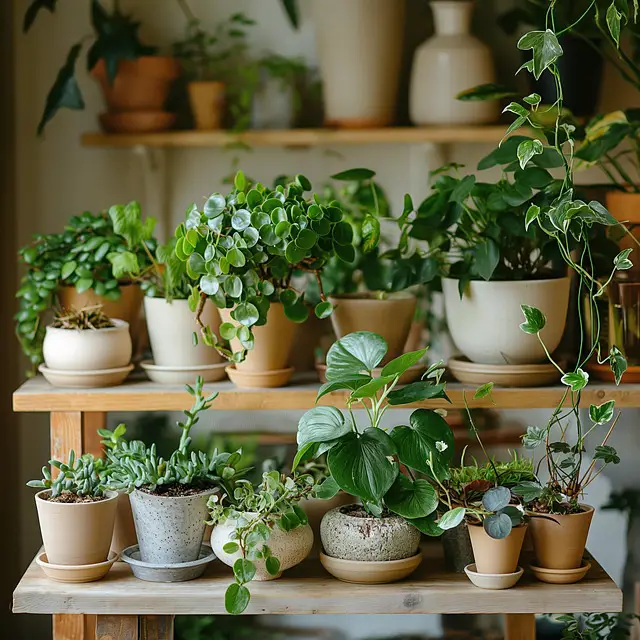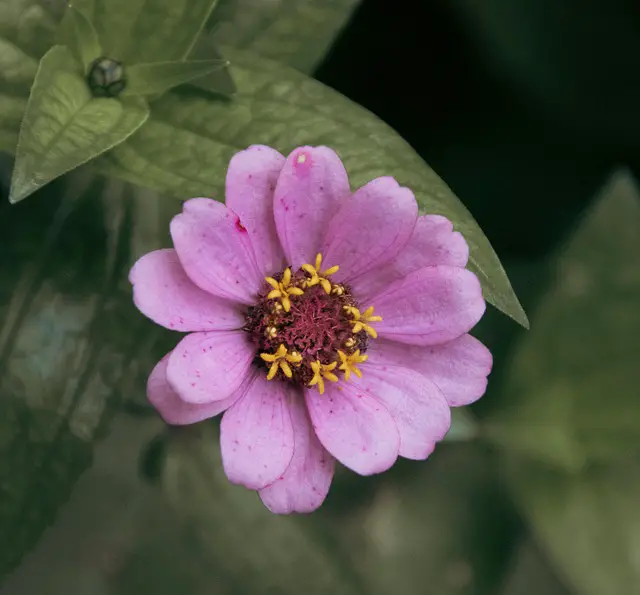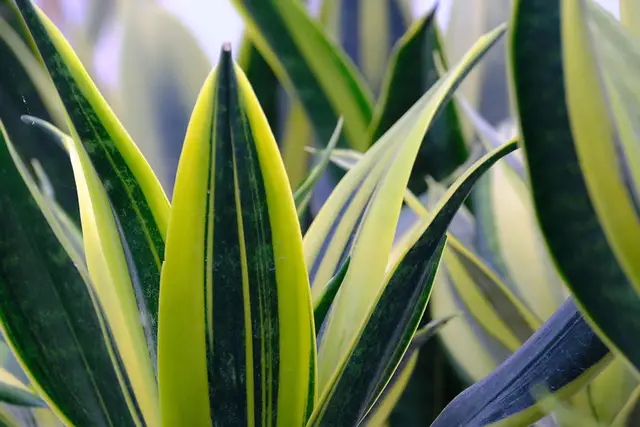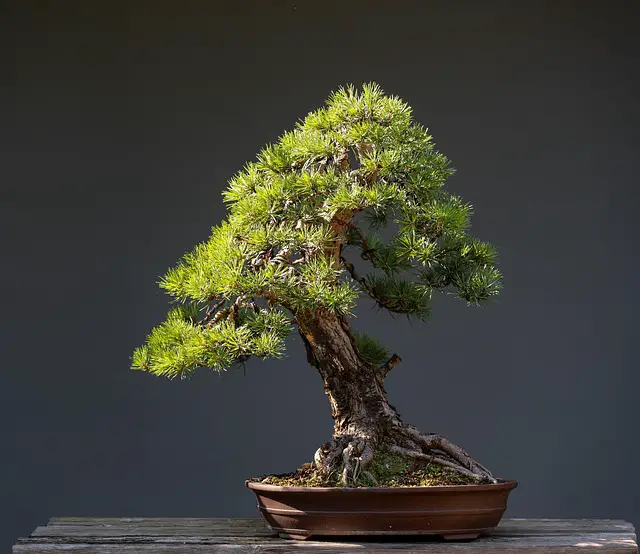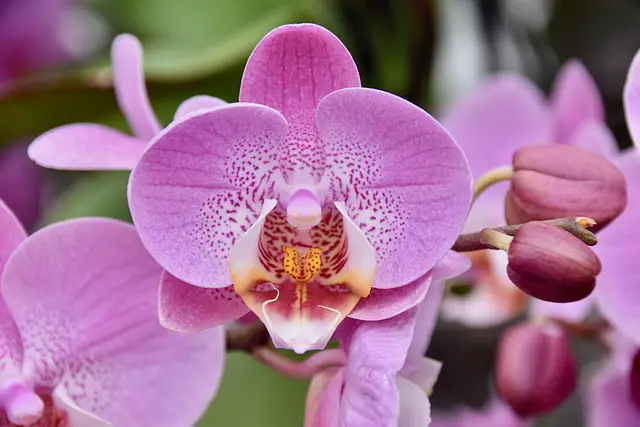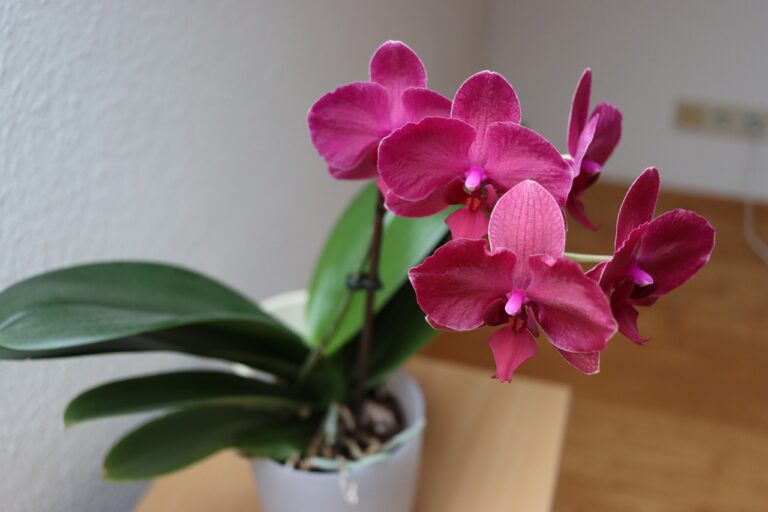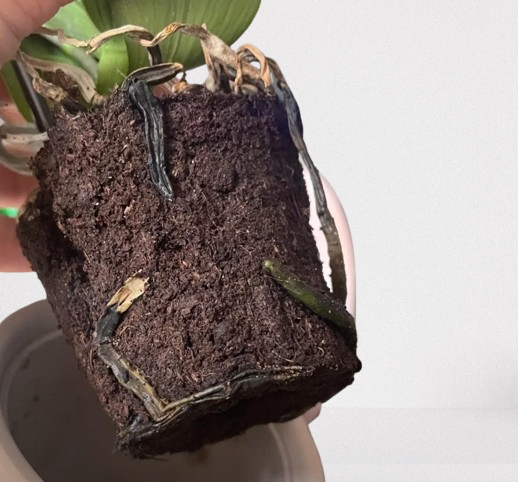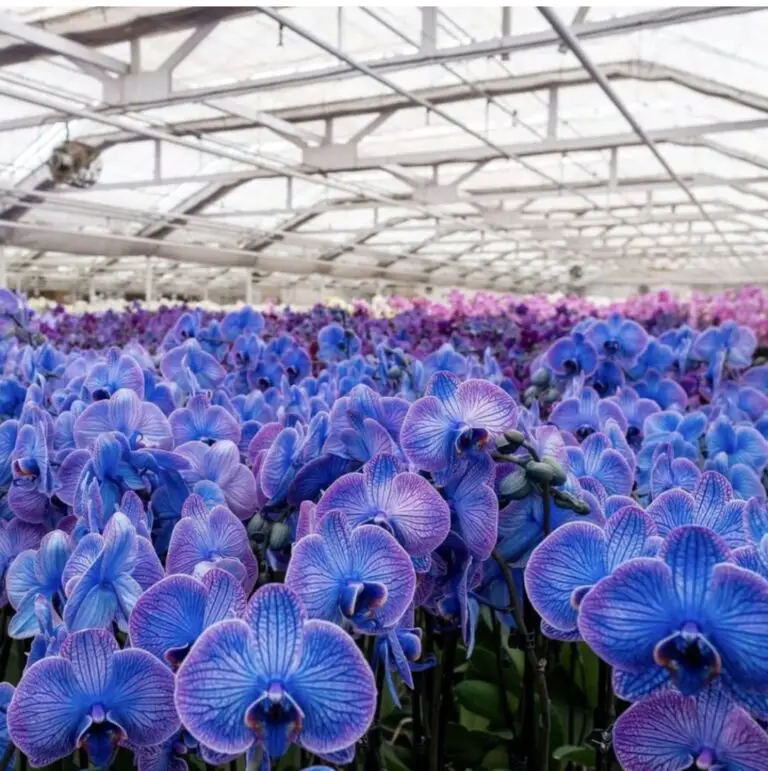California poppy seeds have captured the hearts of gardeners, herbalists, and nature lovers alike for generations. Known for their vibrant orange petals and easy-to-grow nature, these iconic wildflowers are not just a beautiful addition to gardens—they’re also packed with fascinating secrets that span gardening, health, and history. Whether you’re a seasoned horticulturist or a curious beginner, discovering the hidden potential of California poppy seeds can transform the way you view this simple yet stunning flower.
Native to the western United States and famously the state flower of California, these seeds grow into hardy, drought-tolerant blooms that thrive in a variety of climates.However, they are far more complex than first appears.From their ancient uses in traditional medicine to surprising benefits for pollinators and soil health, California poppy seeds hold a wealth of untapped potential waiting to be explored.
In this in-depth guide, we’re revealing the 20 best-kept secrets about California poppy seeds—everything from how to grow them successfully, the best soil and sun conditions, medicinal uses, harvesting tips,and even how they can draw helpful insects to your yard. Get ready to dive into the wonders of this golden treasure and uncover tips and truths that every flower enthusiast should know.
- 1 Part 1: Understanding California Poppy Seeds
- 2 1. What Are California Poppies?
- 3 2. Origin and Native Habitat
- 4 3. Differences Between California and Other Poppy Varieties
- 5 4. Types and Colors of California Poppies
- 6 Part 2: Planting and Growing Secrets
- 7 5. Best Time of Year to Plant California Poppy Seeds
- 8 6. Ideal Soil Conditions and Location
- 9 7. How to Prepare the Soil for Planting
- 10 8. Secrets to Fast Germination
- 11 9. Watering Tips for Best Blooms
- 12 10. Sunlight Requirements
- 13 Part 3: Maintenance and Care
- 14 11. How to Thin Seedlings Without Damaging Roots
- 15 12. Pest and Disease Resistance Tips
- 16 13. Best Companion Plants for California Poppies
- 17 14. Deadheading and Extending the Bloom Season
- 18 15. How to Collect and Store Seeds for Next Season
- 19 Part 4: Unique Uses and Benefits
- 20 16. Medicinal Uses of California poppy
- 21 17. How to Make California Poppy Tea or Tinctures
- 22 18. Symbolic and Cultural Significance
- 23 19. Legal Considerations: Are California Poppies Illegal to Pick?
- 24 Part 5: Expert-Level Tips
- 25 20. Little-Known Tricks from Master Gardeners (Mulching, Frost Protection, etc.)
- 26 FAQS
Part 1: Understanding California Poppy Seeds

1. What Are California Poppies?
California poppies (Eschscholzia californica) are vibrant, drought-tolerant wildflowers known for their silky petals and brilliant colors. Native to the western United States, they are easy to grow and spread naturally, making them popular in wildflower meadows, home gardens, and herbal gardens for their beauty and calming properties.
2. Origin and Native Habitat
California poppies originated in the western United States, particularly in California, where they flourish in dry, sandy soils. These hardy plants have adapted to thrive in arid environments, which makes them ideal for xeriscaping and low-maintenance landscaping. Their ability to reseed and naturalize adds to their ecological value.
3. Differences Between California and Other Poppy Varieties
Unlike the opium poppy (Papaver somniferum), California poppies are non-narcotic and safe to grow. They have a finer, fern-like foliage and come in more colors than just orange, including yellow, pink, and red. They are smaller and less showy than their European cousins, but they bloom more prolifically in wild conditions.
4. Types and Colors of California Poppies
Though the classic California poppy is golden-orange, cultivars come in a stunning array of shades such as creamy white, blush pink, crimson, and deep red. Varieties like ‘Thai Silk’ and ‘Mission Bells’ offer ruffled petals and mixed hues, allowing gardeners to choose color combinations that suit their landscapes.
Part 2: Planting and Growing Secrets
5. Best Time of Year to Plant California Poppy Seeds
California poppy seeds are best sown in the autumn or early spring. Fall planting yields earlier blooms, while spring planting can stretch flowering into summer. These seeds need cool soil to germinate, so avoid sowing during hot months for the best chance at success.
6. Ideal Soil Conditions and Location
California poppies prefer well-draining, sandy or loamy soils with a neutral to slightly acidic pH. They do not tolerate heavy clay or waterlogged soils well. Choose a sunny location where they can receive at least 6 hours of direct sunlight per day to ensure healthy growth and vibrant flowers.
7. How to Prepare the Soil for Planting
Pull weeds and debris from the first few inches of soil. Because too much nitrogen causes more foliage and fewer blooms, fertilisation is not necessary. If the soil is dense, mix in some sand. Evenly distribute the seeds and gently press them in after raking the area smooth.
8. Secrets to Fast Germination
Light is crucial for germination, so don’t bury the seeds deep. Water lightly and consistently to keep the soil moist (not soggy) until seedlings appear. In cool, moist weather, you may see germination in as little as 7–10 days. Avoid overwatering, which can cause seeds to rot or mold.
9. Watering Tips for Best Blooms
California poppies are incredibly drought-tolerant once they’re established. Keep the soil slightly moist for the first few weeks. Then, depending on rainfall, cut back on watering to once a week or fewer. Mould and weak stems are encouraged by too much water. Strong root development is supported by deep yet intermittent watering.
10. Sunlight Requirements
California poppies love full sun. They require at least 6–8 hours of direct light daily to produce abundant blooms. In shady areas, the plants may grow leggy and fail to flower. If growing in containers or balconies, place them in a south-facing location for maximum light exposure.
Part 3: Maintenance and Care
11. How to Thin Seedlings Without Damaging Roots
Once seedlings are about 2 inches tall, thin them to 6–8 inches apart. This prevents overcrowding and ensures good airflow. Gently snip extra seedlings at the soil line rather than pulling them up, which can disturb the roots of nearby plants and cause stress or stunted growth.
12. Pest and Disease Resistance Tips
California poppies are naturally resistant to most pests and diseases. However, watch for aphids and fungal issues in overly humid or crowded conditions. .Use neem oil or a gentle soap spray if needed Ensure good spacing and avoid overhead watering to reduce the risk of mildew or rot.
13. Best Companion Plants for California Poppies
California poppies pair beautifully with lavender, yarrow, salvia, and other drought-tolerant natives. These companions attract beneficial insects and create a vibrant, low-maintenance garden. Avoid planting them next to aggressive ground covers or tall shade-giving plants that might crowd them out or reduce their sunlight access.
14. Deadheading and Extending the Bloom Season
Remove faded blooms (deadhead) regularly to encourage more flowers. If you skip deadheading, the plant will focus energy on seed production. By trimming back spent flowers and stalks, you can enjoy a second wave of blooms.Additionally, this prolongs the season and keeps the plants looking neat and colourful.
15. How to Collect and Store Seeds for Next Season
On the plant, let some pods dry until they start to rattle. Be careful when gathering seeds because pods might burst at any time. Keep them in glass jars or paper envelopes in a cold, dry location. Put the date and variety on them. California poppy seeds can last for several years if preserved properly.
Part 4: Unique Uses and Benefits
16. Medicinal Uses of California poppy
Natural Sedative, Poppy, etc. A mild sedative and sleep aid, California poppy has long been utilised. It can lessen minor anxiety and has no addictive properties. It is used by herbalists to treat nervous tension in tinctures or teas. Always get medical advice before taking it, though, particularly if you’re pregnant or using other medications.
17. How to Make California Poppy Tea or Tinctures
To make a tea, steep dried leaves and petals in hot water for 10–15 minutes. Soak dried or fresh ingredients in alcohol for a few weeks, shaking occasionally, to make tinctures.Strain and store in amber glass bottles. These preparations can be used to promote relaxation and restful sleep.
18. Symbolic and Cultural Significance
California poppies, which stand for resilience, beauty, and peace, are the state flower of California.
They’re celebrated each April during California Poppy Day and are protected on state lands. Many cultures view them as symbols of sleep and dreams due to their nighttime petal-closing behavior and calming effects.
19. Legal Considerations: Are California Poppies Illegal to Pick?
In California, it’s illegal to pick poppies on state or public land, but growing them in your yard is perfectly fine. Harvesting from your own garden is legal. Always check local laws before gathering wildflowers, as certain areas have specific protections to preserve native ecosystems.
Part 5: Expert-Level Tips
20. Little-Known Tricks from Master Gardeners (Mulching, Frost Protection, etc.)
Mulch lightly around seedlings to conserve moisture and block weeds, but keep mulch away from the stems to prevent rot. In colder regions, sow seeds in spring and cover with row fabric for early protection. Try staggering seed plantings every few weeks for a continuous bloom display through the season.
California poppies are charming, simple to grow, and beneficial to gardeners of all skill levels.These 20 secrets offer everything from planting tricks to medicinal uses. With just a little effort and care, you’ll be rewarded with a sea of golden blooms. Ready to plant your patch?
FAQS
What are California poppy seeds used for?
California poppy seeds are primarily used for growing beautiful, vibrant orange flowers that brighten gardens and landscapes. Beyond aesthetics, California poppy seeds are also valued in herbal medicine for their calming properties. Many gardeners and herbalists plant California poppy seeds to enjoy both their visual appeal and therapeutic potential.
2. Are California poppy seeds easy to grow?
Yes, even for novice growers, California poppy seeds are renowned for being low-maintenance and simple to grow. These seeds do best in full sun and well-drained soil. For gardeners who desire hassle-free, long-lasting blooms year after year, California poppy seeds are an excellent option because they frequently reseed themselves.
3
What time of year is ideal for California poppy seed planting?
Early spring or late fall are the ideal seasons to grow California poppy seeds. These seeds can withstand mild frosts and thrive in cooler soil. A lengthy flowering season, robust growth, and early blossoming are guaranteed when you plant California poppy seeds at the ideal time.
4. Can California poppy seeds grow in containers?
Yes, California poppy seeds can successfully grow in containers as long as they have good drainage and access to full sunlight. Container gardening with California poppy seeds is ideal for balconies or patios. Just ensure the soil remains lightly moist and well-aerated for optimal flower development and seed maturity.
5. Are California poppy seeds legal to use?
California poppy seeds are completely legal to buy, grow, and use in most states. Unlike their cousin, the opium poppy, California poppy seeds do not contain narcotic substances. However, it’s always wise to check your local laws before planting large quantities of California poppy seeds for personal or commercial use.
6. Do California poppy seeds attract pollinators?
Absolutely! California poppy seeds grow into nectar-rich flowers that are highly attractive to bees, butterflies, and other beneficial pollinators. Planting California poppy seeds can help support local ecosystems and encourage biodiversity. Their bright blooms act as a magnet for pollinators throughout the flowering season.
7.How long does it take for seeds of California poppies to sprout?
Typically, California poppy seeds take 10 to 15 days to germinate under ideal conditions. Germination speed depends on soil temperature, moisture, and light exposure. To improve germination rates, sow California poppy seeds directly onto the soil surface without covering them, as they need light to sprout.
8. Can you harvest California poppy seeds for replanting?
Yes, you can harvest California poppy seeds once the seed pods dry and begin to split. Gather the seeds gently and keep them somewhere dry and cool.Saving California poppy seeds lets you enjoy future plantings without purchasing new seeds, promoting sustainability and long-term gardening success.
9. What are the medicinal benefits of California poppy seeds?
While the seeds themselves are not commonly used medicinally, plants grown from California poppy seeds have been traditionally used for their mild sedative effects. Herbal remedies often include extracts from the plant to support sleep, reduce anxiety, and promote relaxation.However, before using, always get medical advice.
10. How long do California poppy seeds last in storage?
When properly stored, California poppy seeds can last up to three years. Store them in an airtight container in a dry, dark, and cool environment. When you’re ready to plant, your California poppy seeds will germinate well because heat and moisture can degrade seed quality

